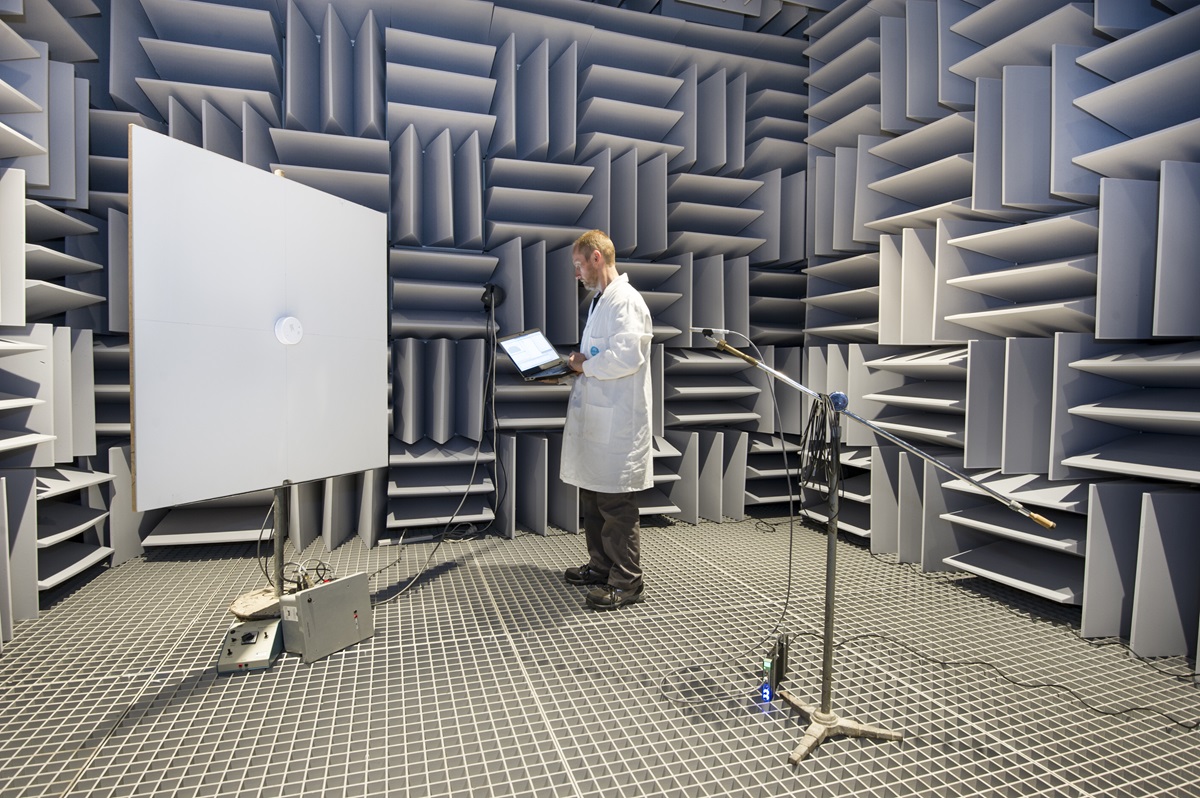The acoustic tests are essential for ensuring noise reduction in buildings. They help reduce the level of noise produced by activities within the building and also from the outside. Acoustic tests measure the sound levels inside and outside the building, and also the reverberation time. This data helps in understanding the sound environment of the building and to identify the sources of noise.
Acoustic commissioning is the process of ensuring that a building’s acoustics are suitable for the purpose for which it was designed. This involves evaluating the sound insulation between different rooms, the sound absorption characteristics of building materials, and the overall sound quality of the space.

Image Source: Google
Sound Pressure
Sound pressure is the primary measure of sound level. It is measured in decibels (dB). Acoustic tests measure the sound pressure levels in the building. The results of the tests can be used to determine if the sound levels are acceptable and if any modifications need to be made to reduce the sound levels.
Reverberation Time
The reverberation time is the time it takes for sound to decay in a room or building. It is measured in seconds. A long reverberation time indicates that the sound will linger for a longer period of time in the room. Acoustic tests measure the reverberation time in a room or building. If the reverberation time is too long, then sound absorbing materials can be used to reduce it.
Noise Reduction
The acoustic tests help to identify the sources of noise and to determine the sound levels in the building. This data can then be used to determine the most effective noise reduction strategies. For instance, if the noise is coming from outside the building, then soundproofing materials can be used to reduce the noise. Similarly, if the noise is generated within the building, then sound absorbing materials can be used to reduce the noise.
Conclusion
Acoustic tests are essential for ensuring noise reduction in buildings. They measure the sound pressure levels and the reverberation time in the building. This data is then used to identify the sources of noise and to determine the most effective noise reduction strategies. Acoustic tests help to ensure that the sound levels in the building are acceptable and safe.